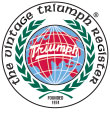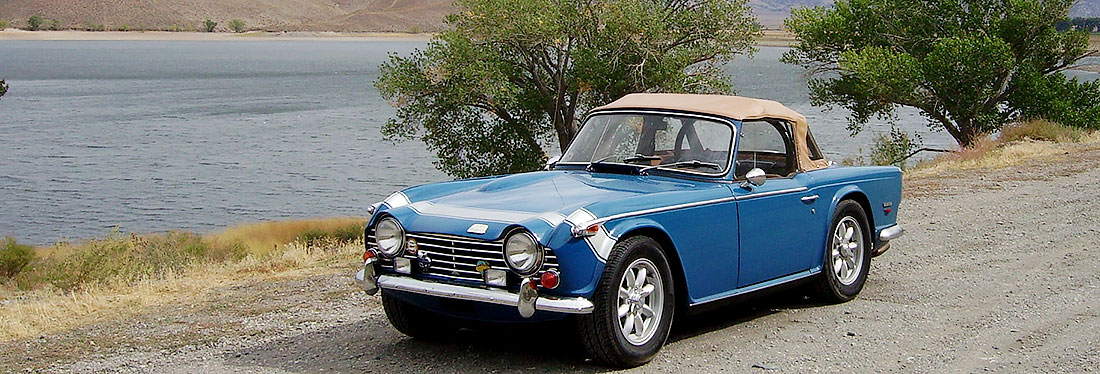
TR5 / TR250
(1967-1968)
Introduced in October 1967 to Provide Additional Power for the Triumph
The two-liter four cylinder engine which had served Triumph so well from the TR2 to the TR4 was replaced in the TR5 and TR250 by a two-and-a-half liter six cylinder engine, to provide additional power and smoothness. Other than the engine, the TR5/TR250 were extremely similar to the TR4A it replaced.
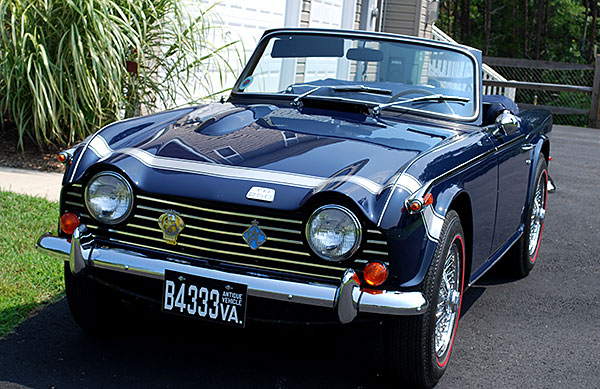
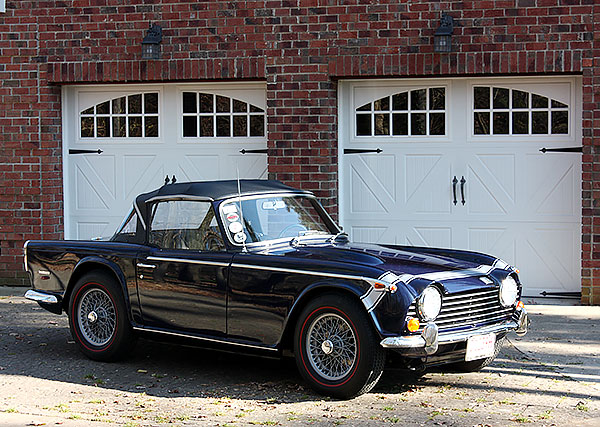
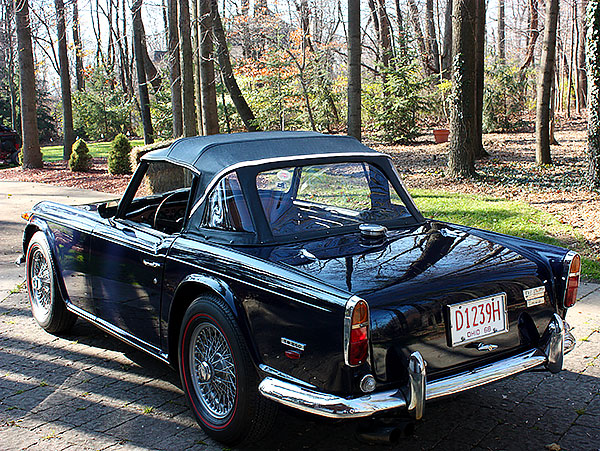
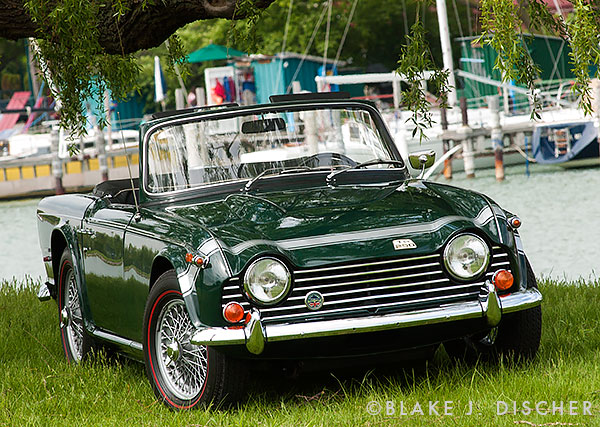
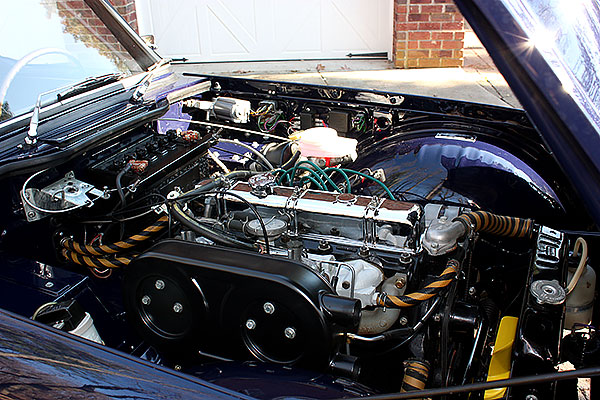
TR5/250 Production Information
VTR member Drew Holliday has assembled a comprehensive history on production information of the TR250. For your convenience, the document is in PDF format which, for most browsers, will open in a new window and may be downloaded. Click here to view.
TR5/250 Buyer’s Guide
In addition to the items listed in the general Triumph Buyers Guide , there are a number of specific items of interest on the TR5/250. If you want to have the reliability of the TR6, but the body of the TR4A, this is the car for you. When considering the TR5/250 you must, as with all British cars, gather a list of parts sources .
Parts availability for the TR5/250 are very good, with a number of major suppliers providing most parts for the TR5/250, ranging from tune up components and interior kits to replacement body panels.
Potential TR5/250 Problem Areas:
Body: One of the most important things to watch for on the TR5/250, as with all Triumphs, is rust. Rust coming through the paint generally indicates that there is 5 to 10 times more rust lurking beneath the body panels. Where does one look for rust on a TR5/250, other then everywhere?
- The top of rear deck at the seams between the deck panels and fenders. Even slight bubbling of the paint in this area may be indicative of more serious rust deeper within the seams.
- Under the carpets at the front of footwells, underneath the driver’s pedals, and along the seat rails.
- On the front quarter panels behind the wheels, particularly at the junction with the fireball.
- In the engine compartment around the battery box, and under the hydraulic master cylinders, where leaking fluids may have removed paint, allowing rust to spread.
- Around the headlamps, this is where mud and road slush could get caught.
- Around the tail light assmbly.
Frame: The TR5/250 frame is a boxed section frame with baffles that separate the long sections. The most common problem with these frame members is that salt and water can easily get inside the frame member and rot it from the inside out. The problem first shows up a “blisters” along the seams where the frame sections join together. Two particular special problem areas are where the trailing arms (for the rear suspension) and differential are attached to the frame.
- Look very carefully at the location that the trailing arms mount to the frame. This spot is very easy to get to, it’s just behind the seats, and underneath the car. If there is rust on these pieces, get up, dust yourself off, and say ‘Thanks, but no thanks’. (Unless you are looking for a donor car for a major project.) Repairing/replacing these sections is very time and labour intensive, usually requiring a body off repair or a new frame to fix it “right.” If you drive the car, listen for telltale clunks coming from torn diff mounts(common on the TR6), although these “clunks” sound a lot like simple worn U-joint noise. Talk to you local British Car Mechanic about getting the mounts repaired. Yet another frame/body warning sign are problems with sagging sills and doors that are tough to open/close.
Electricals: There are no particularly unusual electrical problems on the TR5/250, other than the typical problems common to nearly all British cars.
Mechanicals: In general, the TR5/250 drive train is pretty solid and robust. Lots of mechanical parts are available for the TR5/250, from numerous suppliers. Some of the more
